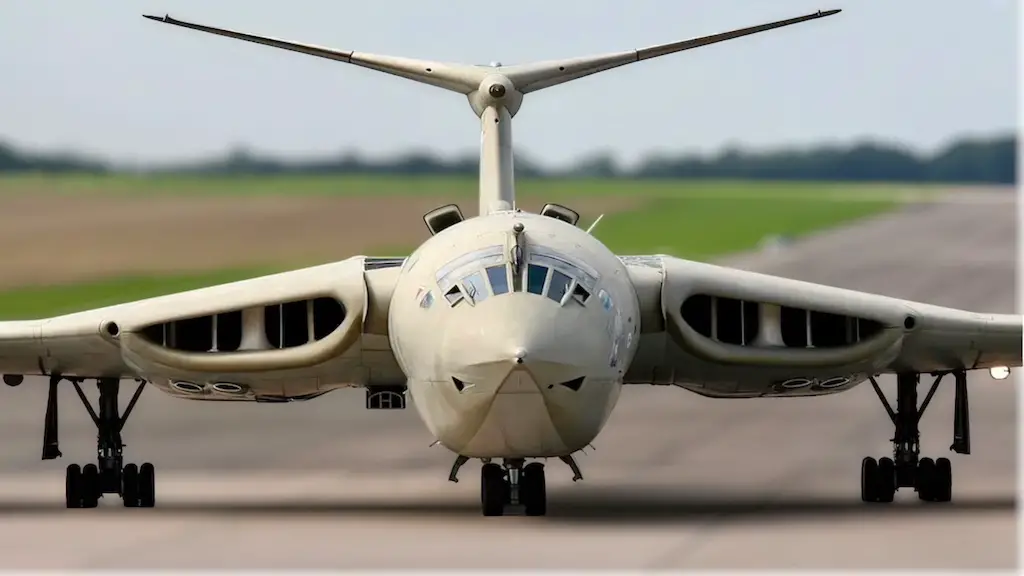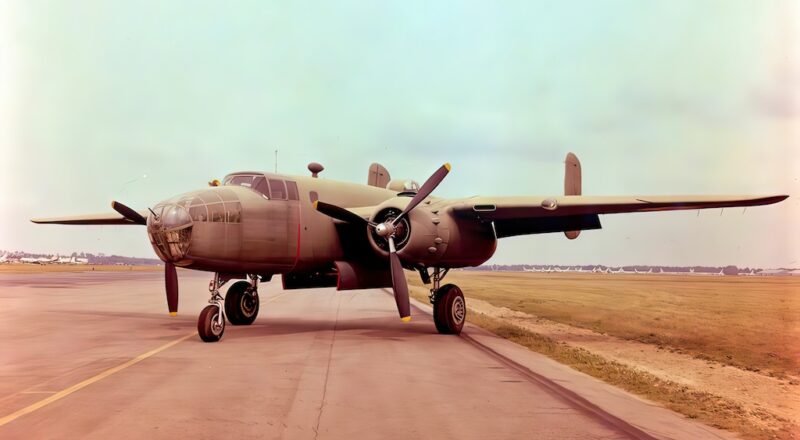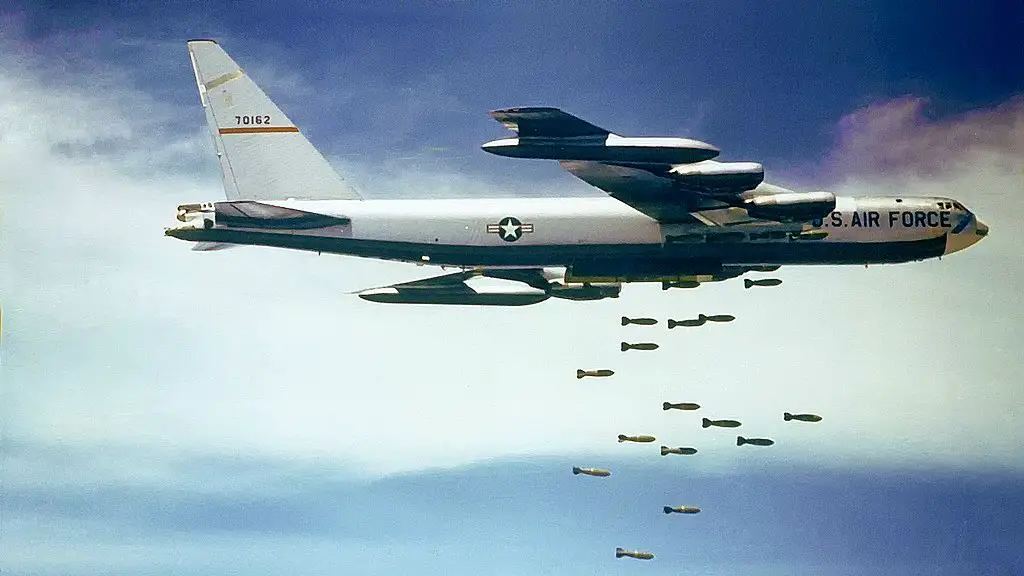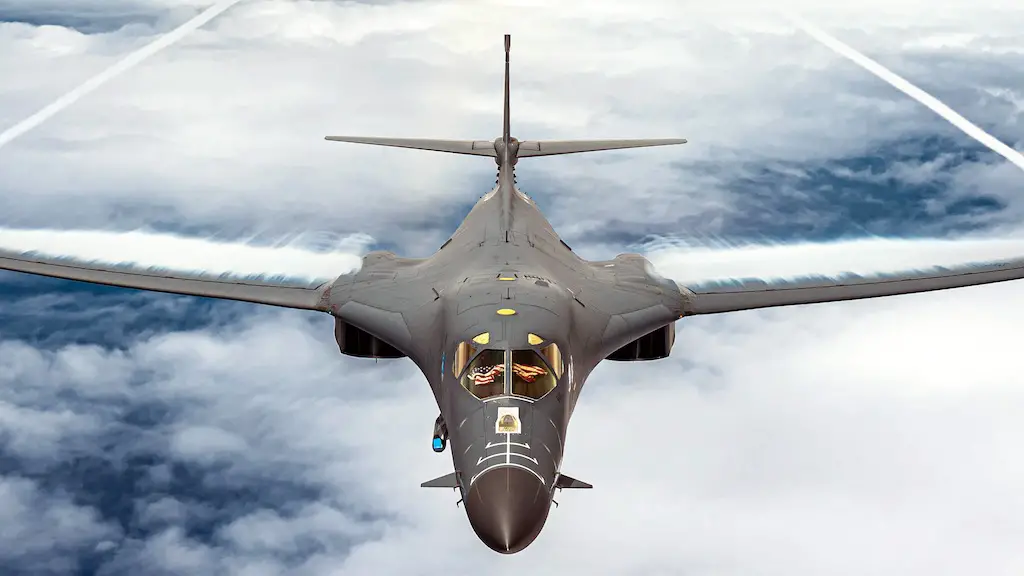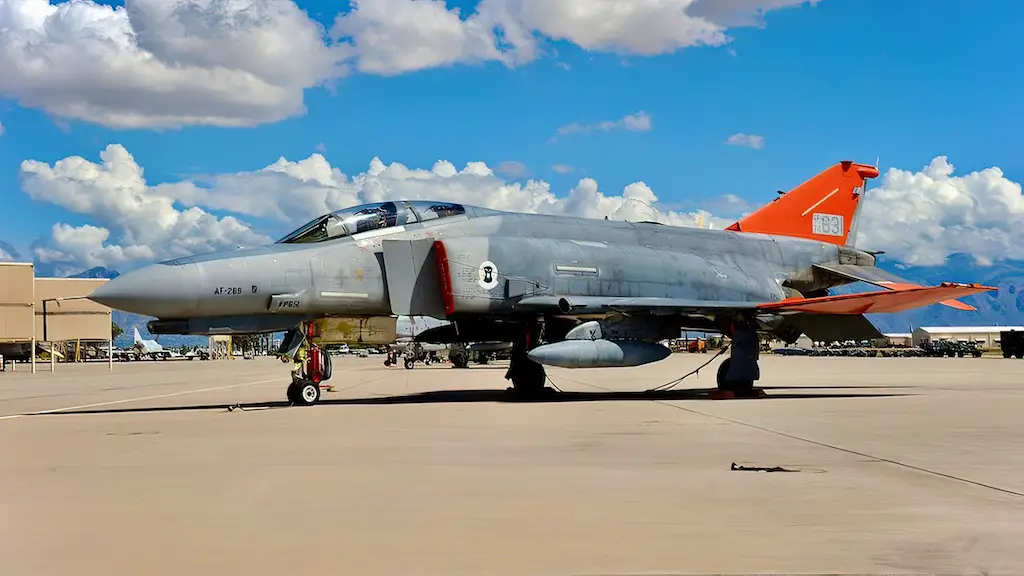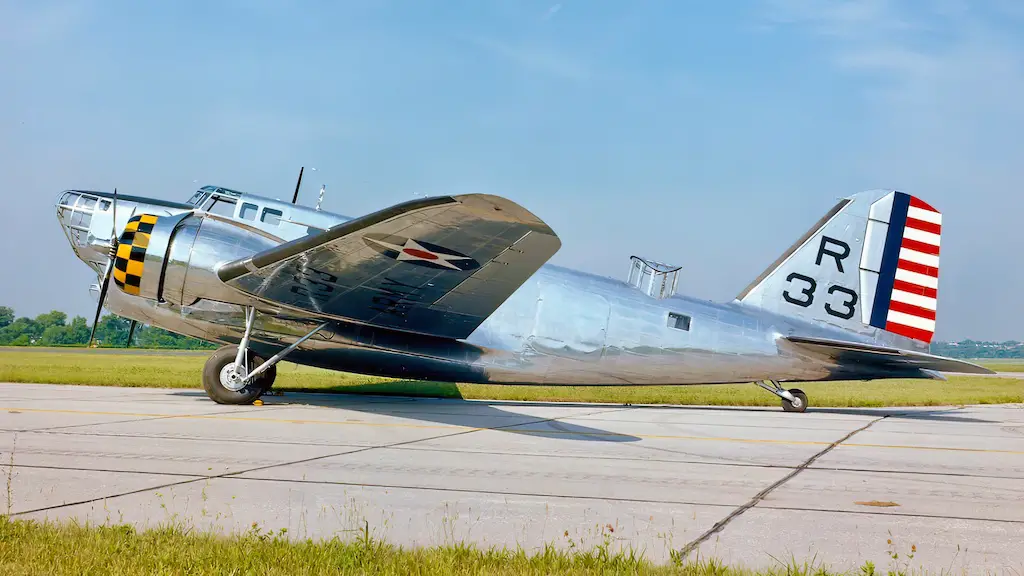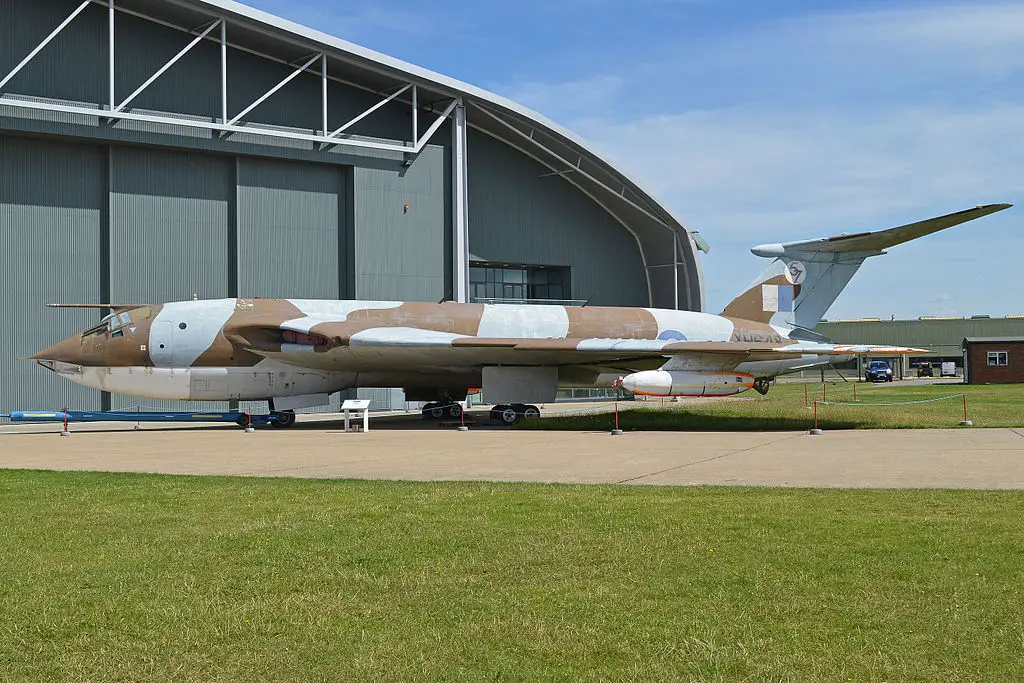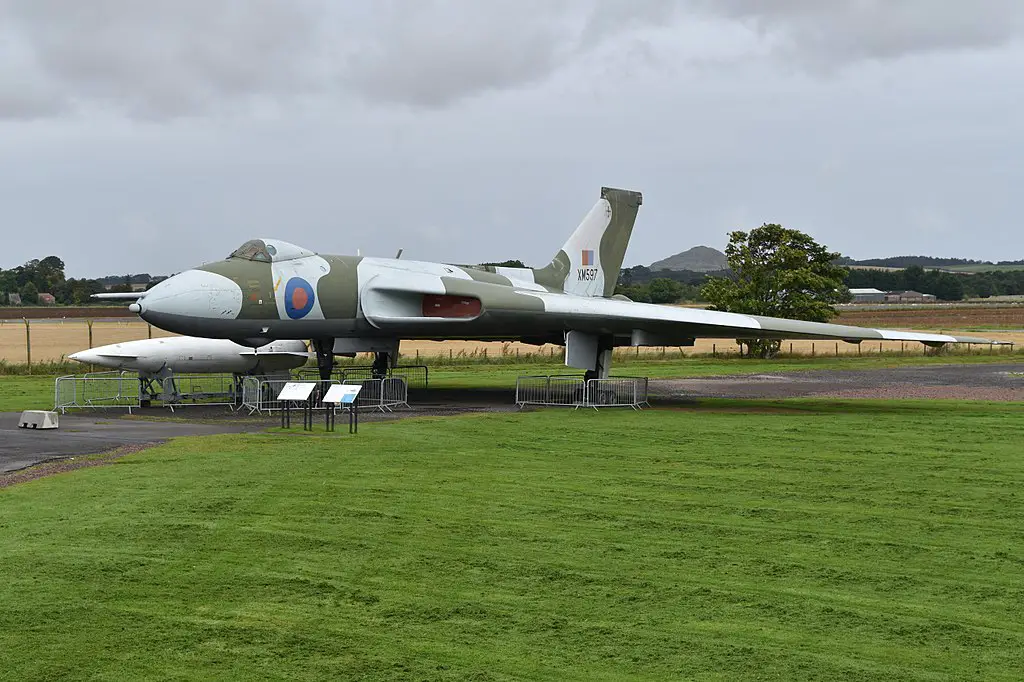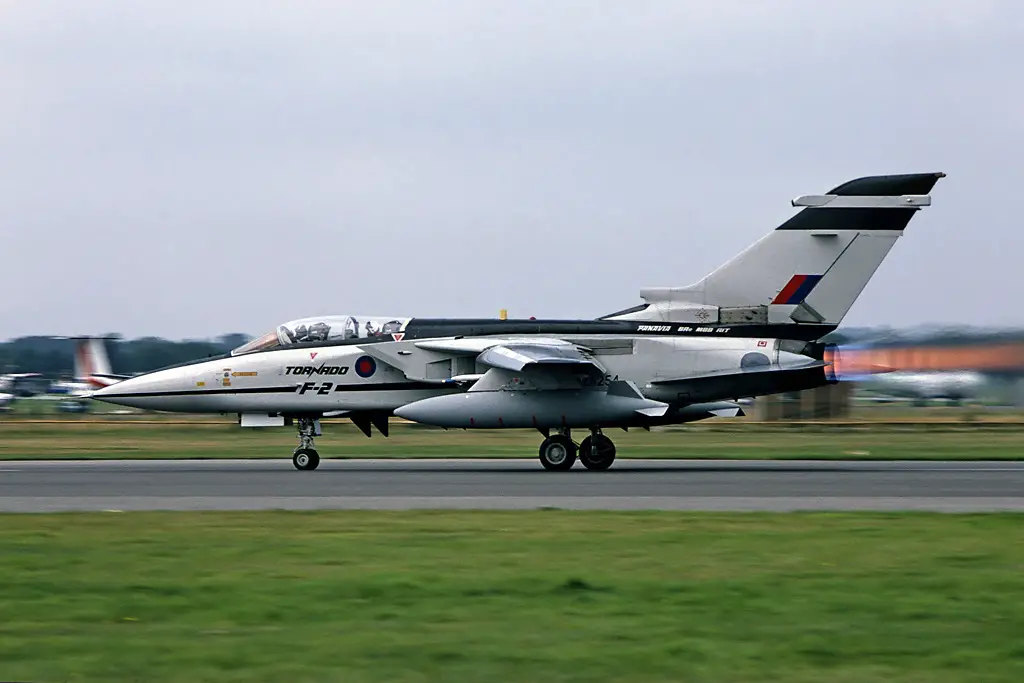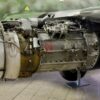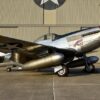The British Handley Page Victor is an odd looking beast for sure. Sharp angles, a radical looking tail configuration, futuristic space age designs all making it look faster than perhaps it actually was. That being said I like it but perhaps it’s odd looks isn’t for everyone. It was developed during the cold war, a time of craziness in a bid to have a nuclear presence like everyone else at that time.
It was a jet-powered strategic bomber developed and produced by Handley Page in the 1950s and was the third and final V bomber to be operated by the Royal Air Force (RAF), the other two being the Avro Vulcan and the Vickers Valiant. The origin of the Victor and the other V bombers is heavily linked with the early British atomic weapons programme and nuclear deterrent policies that developed in the aftermath of the Second World War.
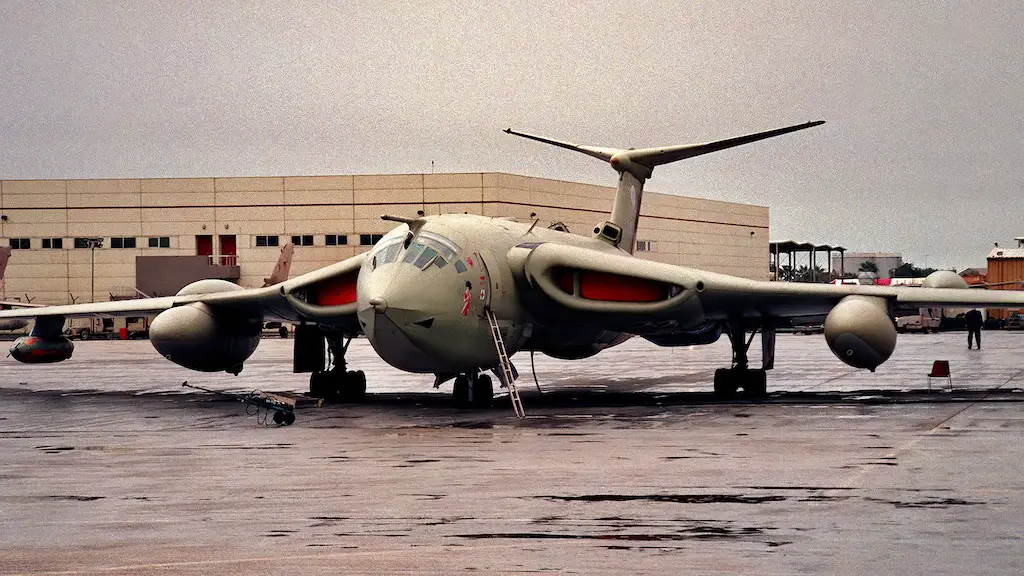
It was widely regarded as one of the most technologically advanced aircraft of its time and played a critical role in the UK’s airborne deterrent force. The Victor B.2 was powered by the newer Rolls-Royce Conway turbofan which at one point was the most powerful non-afterburning engine outside the Soviet Union. It was also designed to carry nuclear weapons, making it a key component of the RAF’s long-range bombing capability.
Powerful
The Victor was outfitted with various cutting-edge technologies in addition to its powerful engines, such as innovative navigation and communication systems, an automatic direction-finding system, radar, and electronic countermeasures (ECM) systems. These characteristics enabled the aircraft to maneuver over great distances effectively, communicate with ground control efficiently, and protect itself from opposing interceptors.
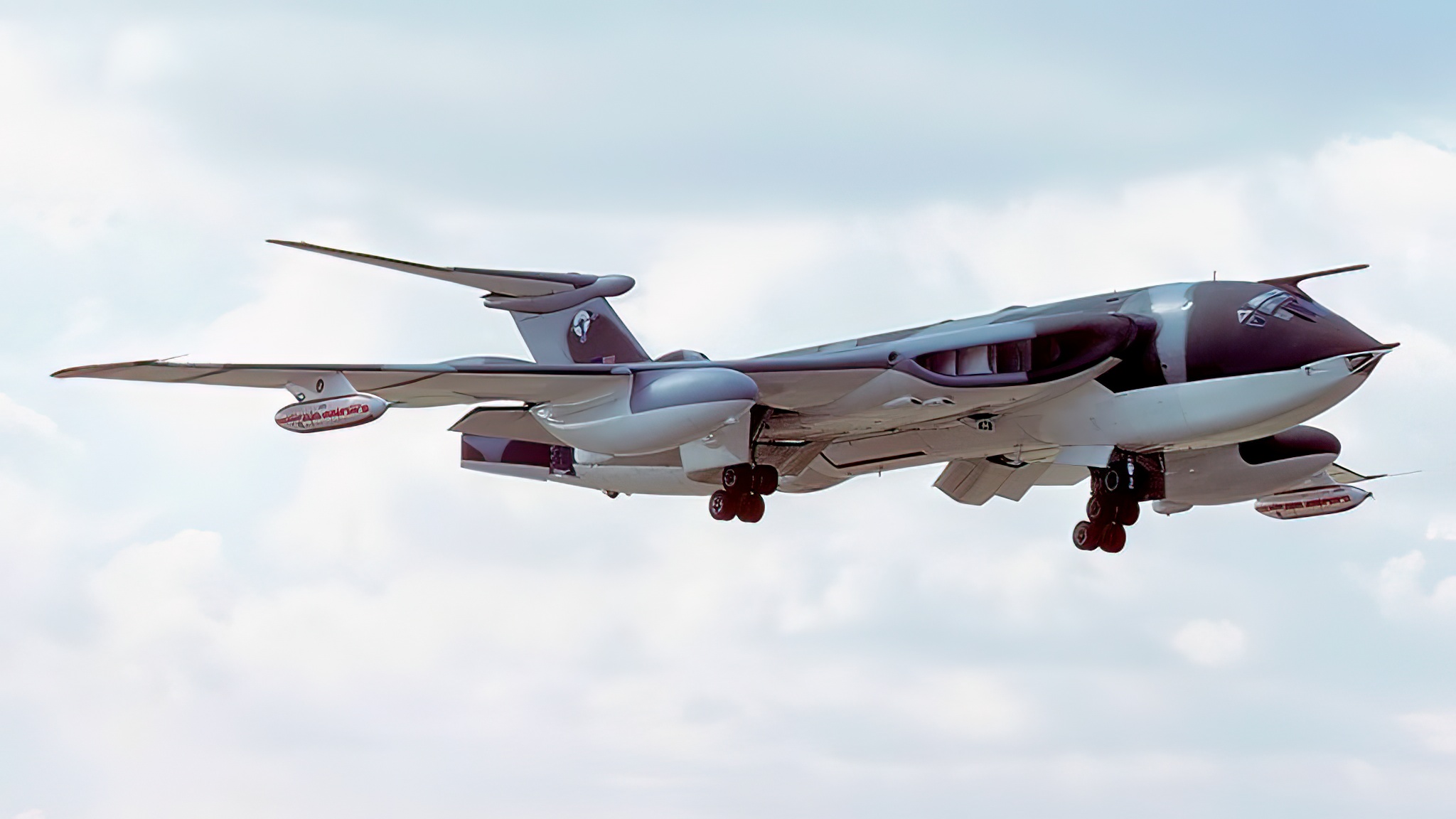
The most advanced strategic bomber
The UK’s Royal Air Force (RAF) was looking to replace its old bomber aircraft fleet with a new generation of long-range strategic bombers in the late 1940s when the Handley Page Victor’s development history began. In response to the RAF’s specifications, British aircraft manufacturer Handley Page created the Victor, a jet-powered bomber that could transport nuclear weapons.
After several successful test flights, Victor’s first prototype flew for the first time in 1952. By the middle of the 1950s, the aircraft was in production. In 1958, the RAF received the first operational Victor bombers, and during the following ten years, more than 200 aircraft were made.
The Victor was continuously upgraded throughout its operational life with new technologies and advancements, including the addition of more potent engines, more sophisticated navigation and communication systems, and new defensive weapons and countermeasures. Through the Cold War, these improvements allowed Victor to maintain its status as a highly capable and potent bomber.
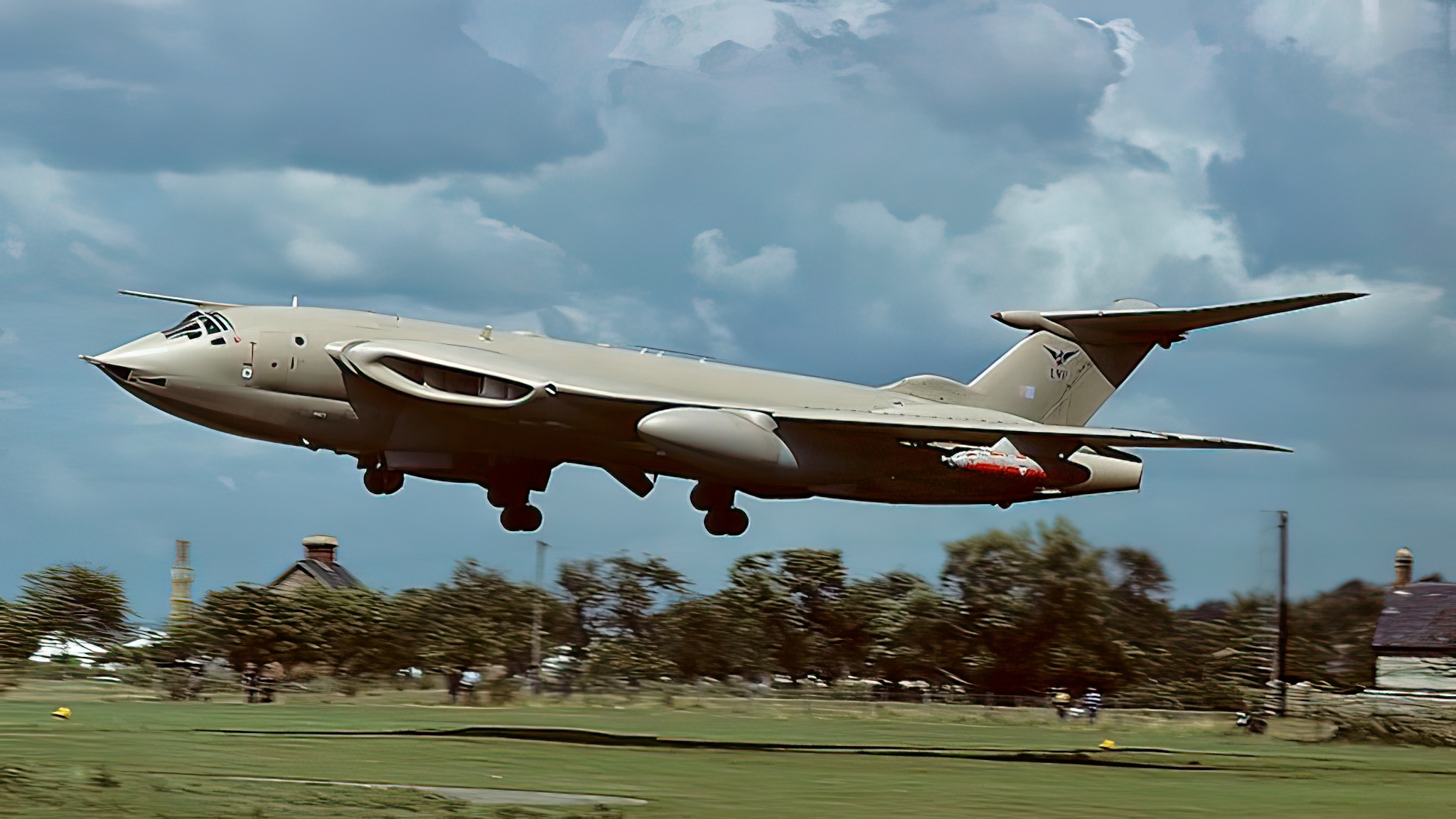
Achilles’ heel
Despite being the most advanced strategic bomber of its time, like any other aircraft, it wasn’t immune to shortcomings, some of which would later contribute to its retirement.
With numerous systems and advanced technologies, the Victor was a sophisticated aircraft that required substantial maintenance. This reduced the aircraft’s operational lifespan and led to its eventual retirement from military duty since the aircraft became expensive to run and maintain.
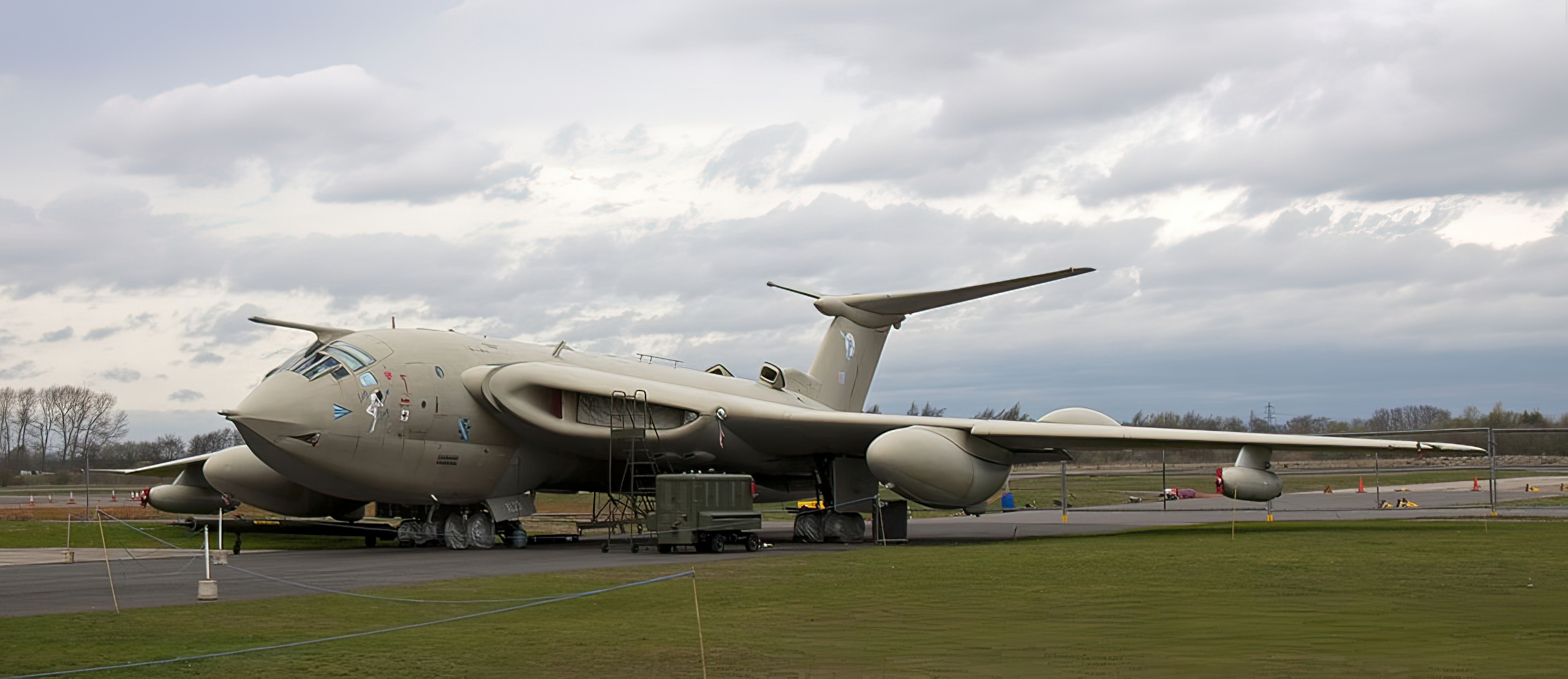
The Victor was a powerful bomber, but it had several performance issues that made it less useful in various situations. For instance, the aircraft’s speed compared to other strategic bombers of the era was rather low, which left it open to opposing interceptors. It was also less maneuverable and less suited for missions at low altitudes due to its massive size and hefty weight.
Four jet engines powered the Victor, each using a sizable amount of fuel. This reduced the aircraft’s range and increased its risk of running out of fuel, particularly during lengthy missions. The cost of producing the Victor was exorbitant, which significantly restricted the quantity of aircraft built and used.
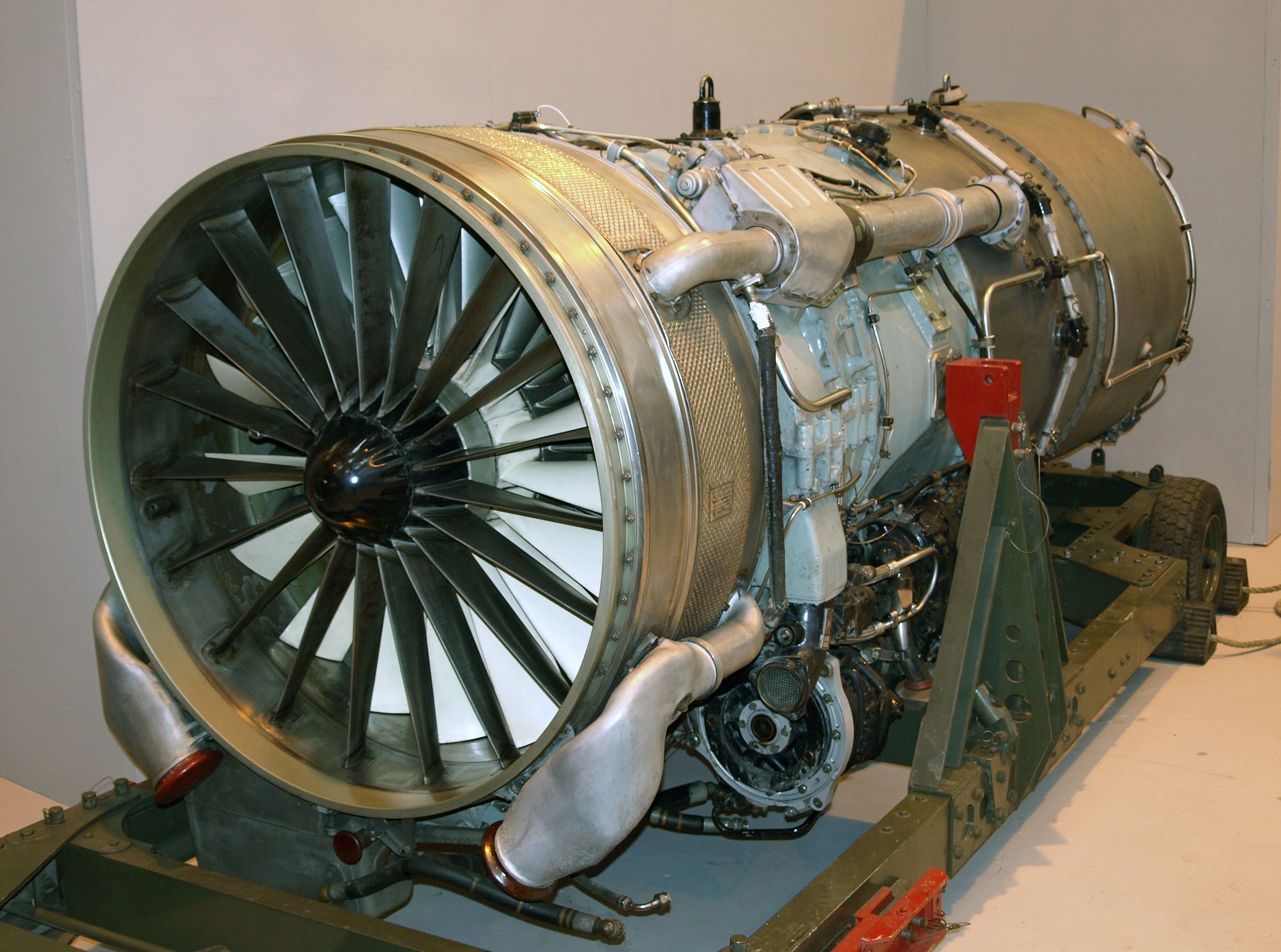
Falklands war
In 1958, the Victor was put into duty by the RAF, and it swiftly rose to the top of the list of strategic bombing aircraft. The aircraft was outfitted with state-of-the-art navigation and communication equipment, as well as defensive armaments, enabling it to complete missions with a high degree of accuracy and security.
When the RAF sent several Victor aircraft to the South Atlantic during the Falklands War in 1982 to refuel and re-arm other participating aircraft, it was one of the most significant missions Victor undertook. The Victor was a valuable asset in aiding other aircraft operations in the area due to its extensive range and in-flight refueling capabilities.
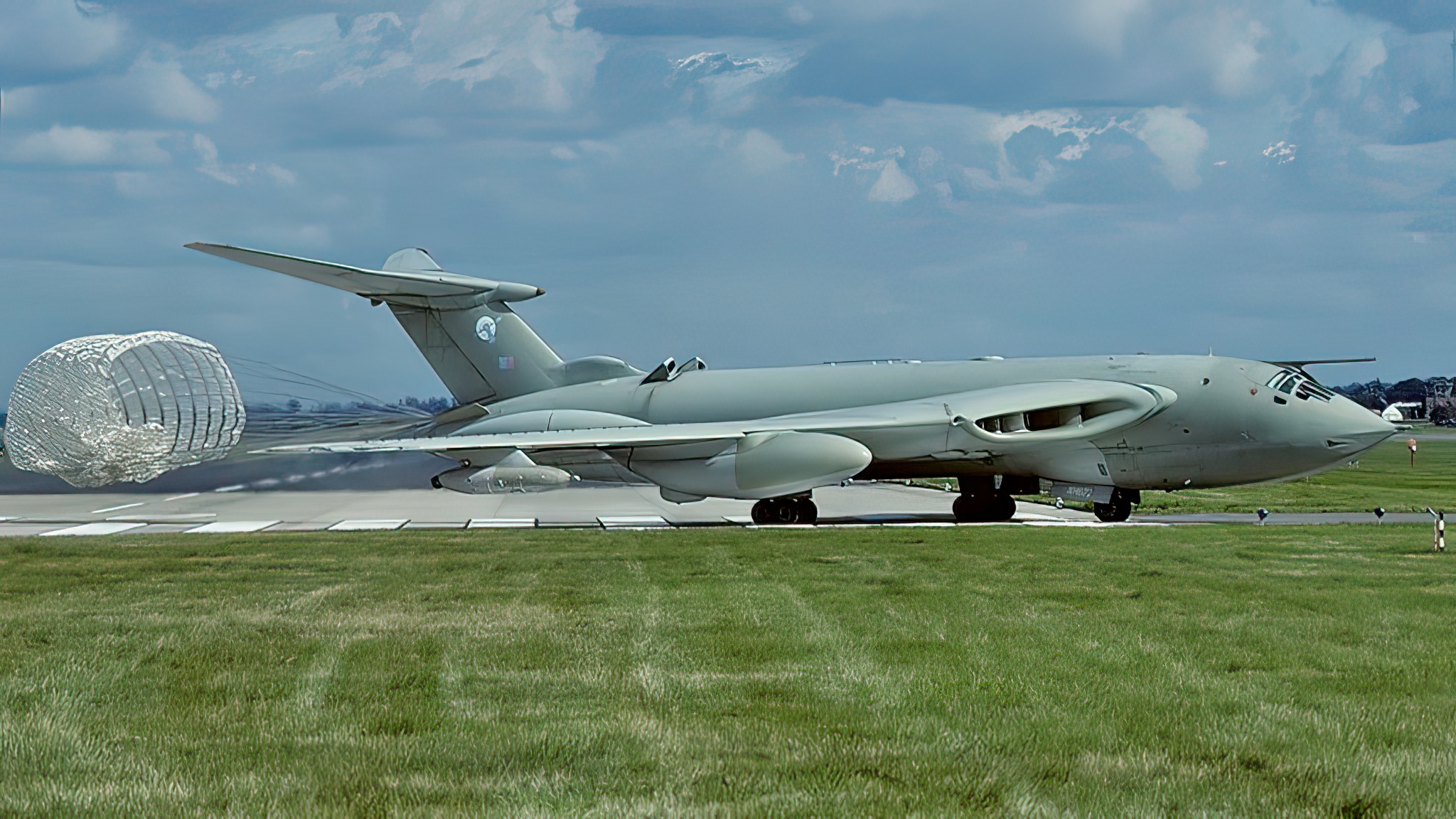
Retirement
After nearly three decades of operational duty, Victor retired from the military in the United Kingdom in the 1980s. The Royal Air Force (RAF) upgraded its fleet and replaced older aircraft with newer and more capable platforms, and Victor’s retirement was a part of this trend in the UK.
The Victor was retired for a number of reasons, chief among them being expensive maintenance and operating expenses, as well as losing efficacy due to shifting military needs and technical improvements.
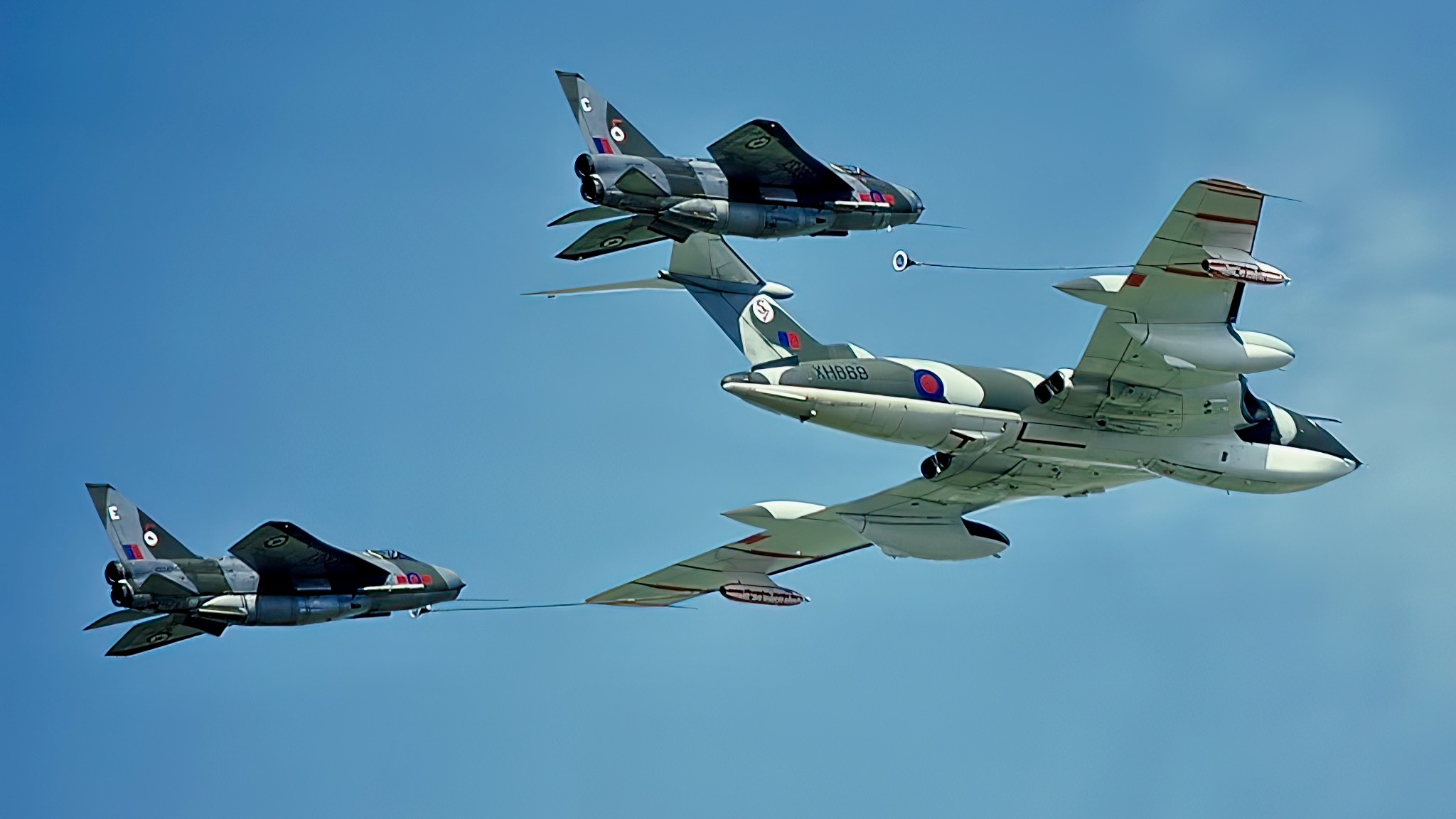
Victor’s retirement was a long process, with newer platforms like the Avro Vulcan and Panavia Tornado eventually taking their place as it was phased out of service. However, despite being retired, the Handley Page Victor plays a vital role in aviation history thanks to its technological innovations and contribution to the UK’s airborne deterrent force during the Cold War.

